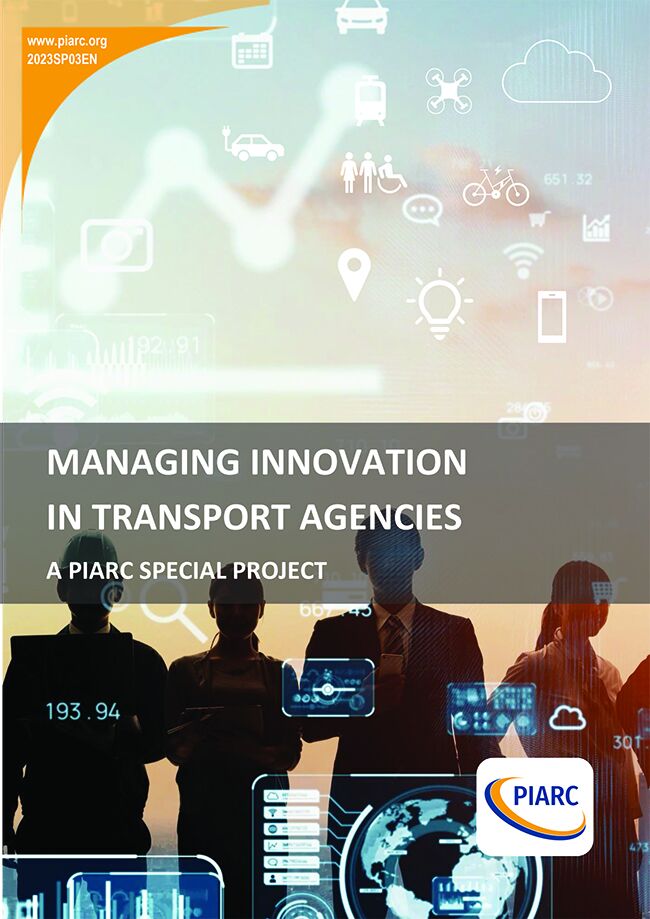Managing Innovation in Transport Agencies - PIARC Special Project

Objectives
PIARC commissioned TRL to undertake a research project to identify the ways in which road and transport agencies encourage and sustain innovation, and to identify any lessons that may be learned from other sectors. Specific objectives included identification of internal and external innovation encouragement strategies, understanding of mechanisms to identify and implement and sustain innovations. The project also sought to develop insights into cultivating a culture of innovation, both internally and with external stakeholders at national and international levels. Furthermore, the project explored the applicability of processes, concepts, and approaches from other sectors to enhance innovation in the road and transport domain.
Key Drivers for Innovation
The report identified a range of key drivers for innovation in transport agencies. These key drivers arise from within the organisation itself (for example, the need for cost reduction, improved productivity, improved management of risk), and from a complex mix of drivers from customers (for improved quality of infrastructure, better mobility services, improved safety), the national innovation ecosystem (better and cheaper public services, more inclusion, national competitiveness), the technology sector (crowd sourcing, big data, digital twins, artificial intelligence, connected and autonomous vehicles, automated construction, solar roadways, materials development), and international challenges (climate change, the environment, economic development, sustainability).
Culture of Innovation
Most of the case studies, and a lot of academic literature, focus on creating a culture of innovation. This refers to the organisational environment, values, attitudes and practices that encourage the identification, development and implementation of new and creative ideas at all levels. It is about embracing failure, providing resources, recognising and rewarding innovation, celebrating success, leading by example, and promoting collaboration.
The culture of innovation is affected by many of the policies, processes and day-to-day management of an organisation. These include the organisation’s structure and human resource management functions. The report described the literature around these concepts, and describes the ways in which the case study agencies have created organisational structures and policies and practices to generate or improve the culture of innovation. It also identified the need for transport agencies to encourage everyday innovation to practical problems from frontline employees.
For many transport agencies, the way in which they interact with their suppliers and with wider industry and stakeholders can create significant opportunities for innovation, as well as a need to understand and where appropriate regulate innovation by others. Given the pace and scale of innovation in the transport sector, innovation in the supply chain and wider stakeholder ecosystem is an area which many transport organisations are actively embracing, through innovative procurement initiatives, competitive challenges, and collaborative long-term roadmaps to deal with more disruptive technologies.
Information sheet
- Date: 2023
- Author(s): PIARC
- Domain(s): Governance of Road Authorities
- Type: 2023SP03EN - PIARC Special Project
- PIARC Ref.: 2023SP03
- ISBN: 978-2-84060-820-2
- Number of pages: 120